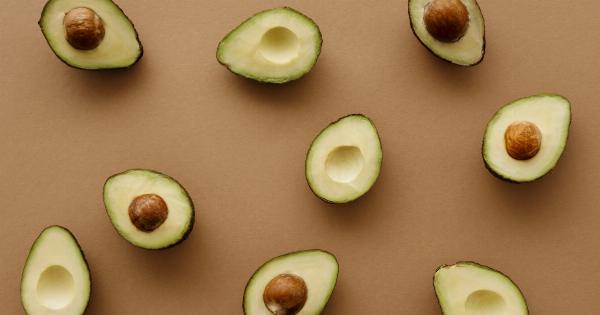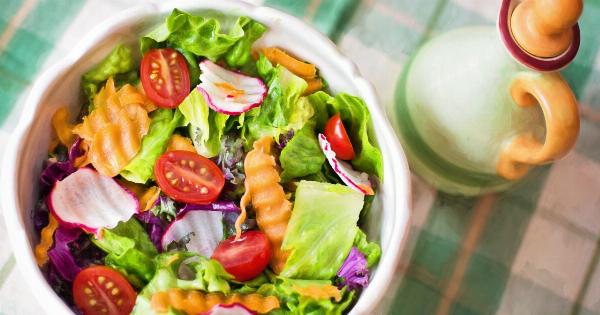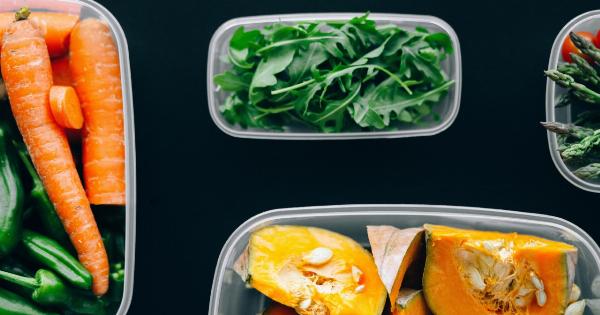Full-day school programs have become the norm in many countries, and these programs can be exhausting for students. Long hours at school, combined with physical activities, can lead to dehydration, hunger, and fatigue.
Nutritious foods can make a significant difference in energy levels, focus, and the ability to perform well in class. In this article, we’ll explore some essential nutrition tips for students in full-day school programs.
1. Don’t Skip Breakfast
Many students tend to skip breakfast due to lack of time, or they don’t feel hungry in the morning. However, breakfast is the most important meal of the day, and it provides the necessary energy to start the day.
Students who eat breakfast are more focused, perform better in class, and have more energy throughout the day. A nutritious breakfast can consist of whole-grain cereals, low-fat milk, yogurt, fruit, and nuts.
2. Pack Healthy Meals and Snacks
Bringing meals and snacks from home is an excellent way to ensure that students eat healthy food during the day. Avoid packing junk food and sugary snacks that have no nutritional value.
Instead, pack fruits, vegetables, whole-grain bread, lean protein, and healthy fats. Some great options include carrot sticks, apple slices, sandwiches, boiled eggs, hummus, and nuts.
3. Stay Hydrated
Dehydration can cause headaches, dizziness, and fatigue. It’s important for students to drink plenty of water throughout the day to stay hydrated.
Sugary drinks like soda and sports drinks should be avoided, as they can cause a sugar rush followed by a sugar crash. Students can carry a reusable water bottle with them to school and refill it during the day.
4. Choose Whole Foods
Whole foods are those that are minimally processed and are close to their natural state. They are rich in vitamins, minerals, and fiber, and they provide the necessary nutrients to keep students healthy and energized.
Students should avoid processed foods that are high in sugar, sodium, and unhealthy fats. Some great whole food options include fruits, vegetables, whole grains, lean proteins, and healthy fats like avocado and nuts.
5. Make Time for Lunch
Many students rush through lunch breaks or skip them altogether. However, taking the time to eat a nutritious lunch can significantly impact student performance.
Eating a balanced meal that includes protein, healthy fats, and complex carbohydrates can improve energy levels and brain function. Students who eat mindfully and take time to enjoy their food tend to have better digestion and feel more satisfied.
6. Pay Attention to Portions
While it’s important to eat a balanced diet, it’s also important to pay attention to portion sizes. Eating too much of anything, even healthy foods, can lead to weight gain and other health problems.
Students can use the USDA’s MyPlate guidelines to determine the recommended portion sizes of different foods. They can also use smaller plates and bowls to control their portions.
7. Snack Wisely
Snacking can be a good way to keep energy levels up during the day, but it’s important to choose healthy snacks. Students should avoid sugary snacks that can cause a sugar crash and opt for snacks that are high in fiber and protein.
Some great snack options include apple slices with almond butter, hummus and carrot sticks, Greek yogurt with berries, and trail mix.
8. Plan Ahead
Planning ahead is essential for students who want to eat healthy during the day. Students can plan their meals and snacks for the week, make a grocery list, and prepare meals and snacks in advance.
This can help them save time and money and ensure that they have healthy food options during the day.
9. Get Creative
Eating healthy doesn’t have to be boring. Students can get creative with their meals and snacks by using different ingredients and trying new recipes.
They can also involve their friends in meal planning and preparation, which can make healthy eating more enjoyable.
10. Seek Help
For some students, making healthy food choices can be challenging. They may not know what foods to eat or how to prepare them. In such cases, seeking help from a nutritionist or dietitian can be beneficial.
These professionals can provide guidance on healthy eating and help students create a meal plan that meets their nutritional needs.






























